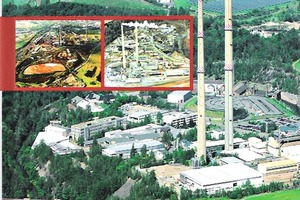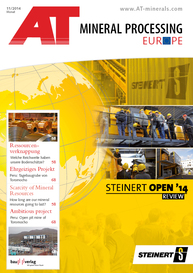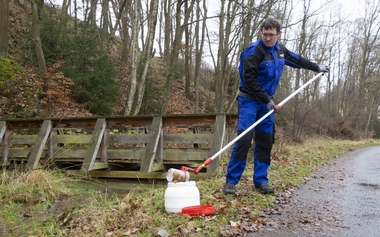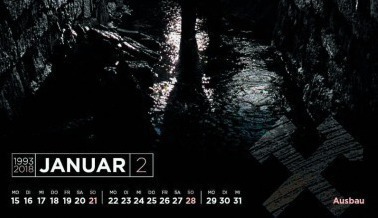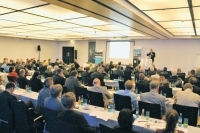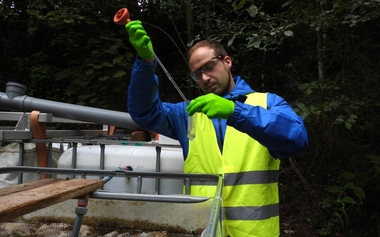Contaminated land project SAXONIA – in retrospect
By Dr. Rainer Mollée
Publisher: Saxonia Standortentwicklungs- und verwaltungsgesellschaft mbH
Freiberg 2013
ISBN 978-3-934409-61-3
404 pages, 157 figures, 88 tables
Price: 29,90 EUR
Contaminated land in the sense of the Federal Soil Protection Act is a hearth for environmental damages and ecological hazards not only since the affiliation of the newly-formed German states to the Federal Republic of Germany. However, they came to light particularly clearly in these states in the early nineties of the last century. It also concerned Saxony with its mining and metallurgy location Freiberg and surroundings. It is a relatively large area with four main locations, which has been contaminated, above all, with arsenic, lead, cadmium and zinc due to its industrial exploitation, often for centuries. The Freiberg-based Saxonia Standortentwicklungs- und -verwaltungsgesellschaft mbH has devoted itself to the registration, evaluation and redevelopment as well as to the use involved due to the development of new industrial sites for 20 years. The implementation of this large ecological project with 55 individual objects is described in the above book in retrospect.
The book has clearly been structured and starts with a preface dealing with the purpose of the book and its protagonists, a determination of the term “contaminated land” as well as the economic, political and legal starting points. Then follows a short chapter describing the situation of contaminated land including explanations covering the relevant hazardous materials and environmental impacts. Then follow the individual phases of the project implementation. General measures related to various or even all objects have been summarized in the chapter “ranges of cross-section”. The main part of the book deals with the main locations of the project - the mining location “Davidschacht” Freiberg, amongst other things with flushing piles and a mineral washing pond; the Freiberg melting plant, amongst other things with a settling basin (neutralization sludges as well as sludges from the wet gas cleaning of the tin smelting plant) and a pile of smelting loss; the Muldenhütten location, amongst other things with an arsenic smelting plant, slag and fly ash landfill, cleared area (area deforested due to smelter smoke) as well as a dump (domestic, commercial and industrial waste); the location Halsbrücke, amongst other things with slag piles and a stamp battery pile (building rubble, slags, furnace linings). Other (minor) locations and their redevelopment are dealt with in another chapter, such as slag and mining piles in the vicinity of Freiberg, the Freiberg-based Saxon metal works with oil contaminations and other things. Finally, one chapter deals with the heavy metal containing soils typical for Freiberg and their use for redeveloping measures before the concluding remarks follow dealing with an outlook for the problems of contaminated land. The book is completed with a comprehensive list of abbreviations and technical terms, a list of companies taking part in the project as well as a list of figures.
This special book has an inestimable value in particular for the history of the Freiberg mining region and even for the Erzgebirge mining region and, due to the description of the phases of the project implementation, for the redevelopment process in the newly-formed German states at the beginning of the nineties of the 20th century. However, it means far more: it offers possible ways and detailed information for the methods regarding similar projects and it even can be recommended for students of the field of environmental protection/engineering as an appropriate specialist or reference book.
Dr. Brigitte Hoffmann
Specialist office for waste advisory service and environmental protection

